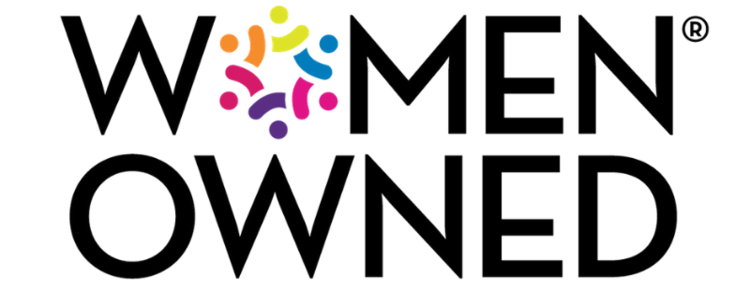But what role do writing and communications play in this equation?
A big one. Remember, customer experience (CX) is more all-encompassing than customer service. The latter refers to the service rendered by your people or systems, but total customer experience can incorporate everything from the time they spend browsing your website to observing your behavior in the marketplace. In fact, the person’s total experience with your company is crucial to whether they’ll even become a customer who needs service.
That may be why the 2017 Digital Marketing Trends Report by Econsultancy and Adobe lists CX as the most frequently cited “exciting opportunity in 2017.”
Along these lines, advisory firm Corporate Executive Board (which has since been acquired by Gartner) conducted a study to understand what makes consumers more likely to follow through on an intended purchase. The top answer, as the study’s authors reported in The Harvard Business Review (HBR), was “decision simplicity.”
Writing and CX make a huge difference here: as the study’s authors say, marketers must “rethink how they craft their communications.”
- Is the writing engaging and helpful?
- Does it denote benefits or just describe features?
- Is it informative enough for consumers to be able to make a buying decision or to be able to use the product or service to its fullest?
- Does it differentiate the product or service?
- Is the copy clear enough that readers can understand what they’re getting?
If the answers are mostly “yes,” then the content is providing a good experience to customers and prospects. If not, the copy is likely inviting confusion, uncertainty, and skepticism.
This is a challenge that home improvement retailer Lowe’s had to tackle. Customer feedback revealed that product descriptions did not have “enough product data…to make a purchase decision.” After Lowe’s spent time beefing up product copy and otherwise enhancing its online communications, online conversions increased 97%.
And remember that HBR study’s finding: if content is king, it’s decision simplicity that rules.
The Weather Channel, for example, increased premium subscriptions 225% by paring down web content. They simplified the writing on their homepage and reduced multiple calls to action to just one.
These examples underscore the importance and purpose of good writing. Like Lowe’s and the Weather Channel, organizations should always judge any copy – regardless of whether it’s for marketing, educational, or internal purposes – with the reader’s experience in mind. When it comes to user experience copywriting, anything that is unclear or unhelpful should be revised or removed until the customer’s experience supports the decision to do business with you.
About Hurley Write, Inc.
Hurley Write, Inc., a certified women-owned small business (WBENC and WOSB), has been designing and teaching customized onsite and online technical, business, and scientific writing courses for over 25 years. We also develop and teach specialty courses, such as how to write proposals and standard operating procedures (SOPs) and deviation and investigation reports, and how to prepare and give great presentations.


